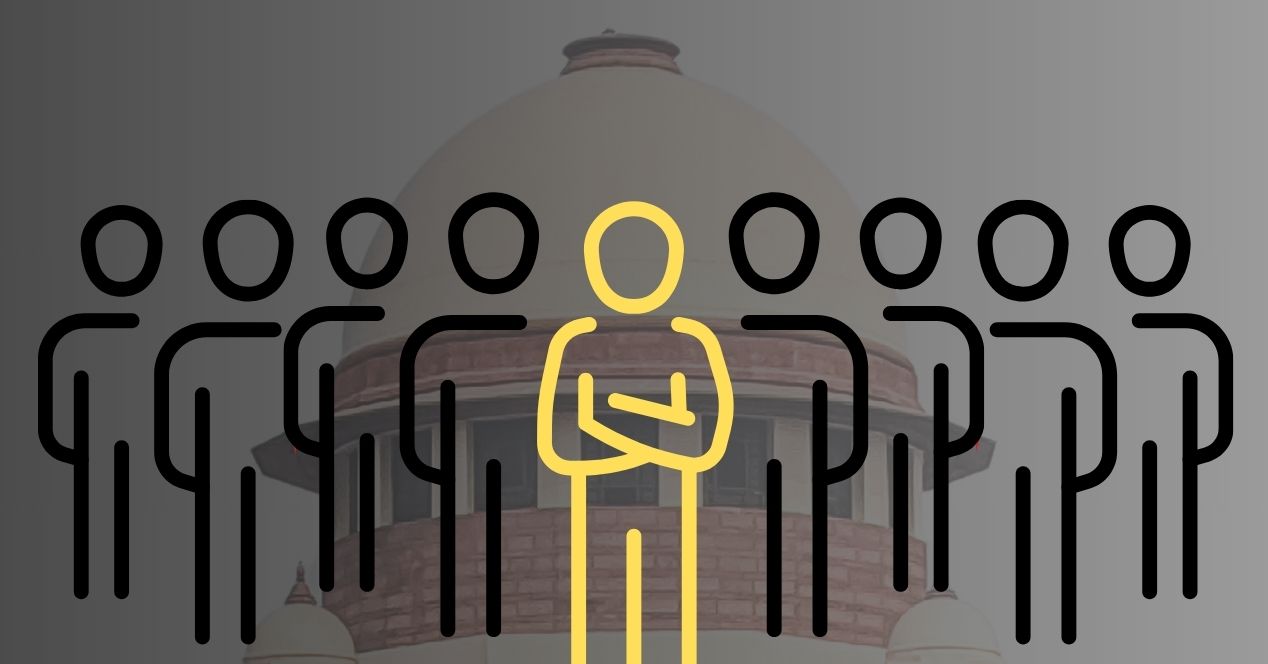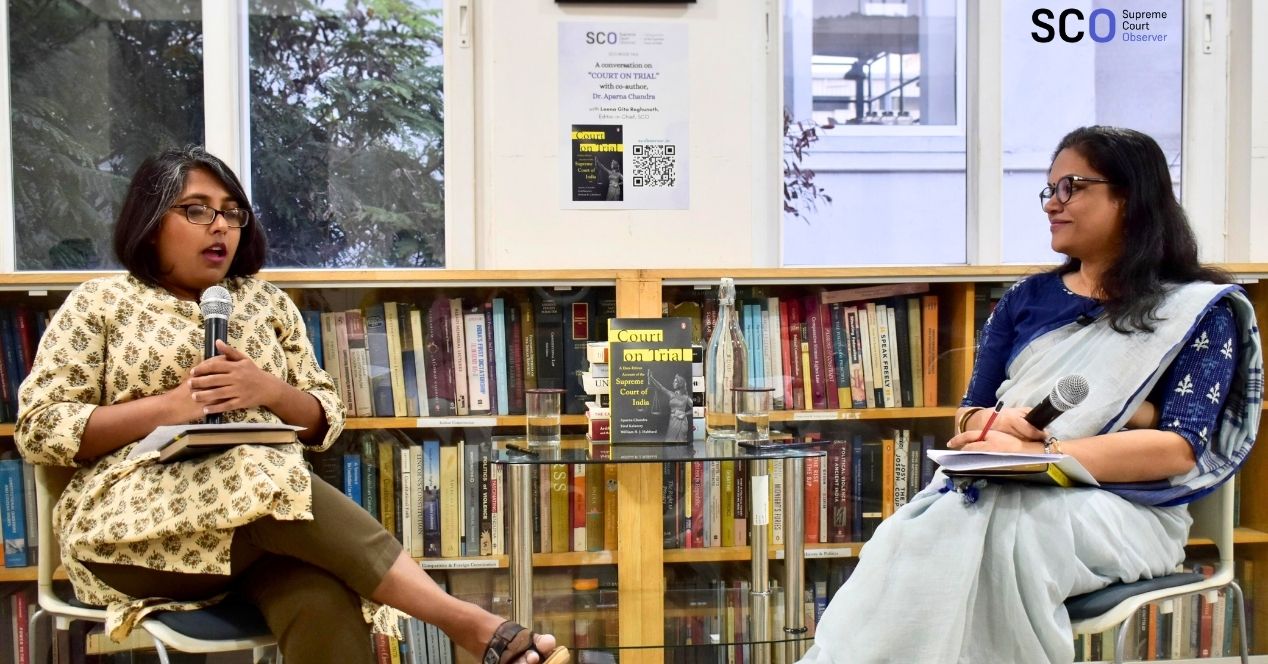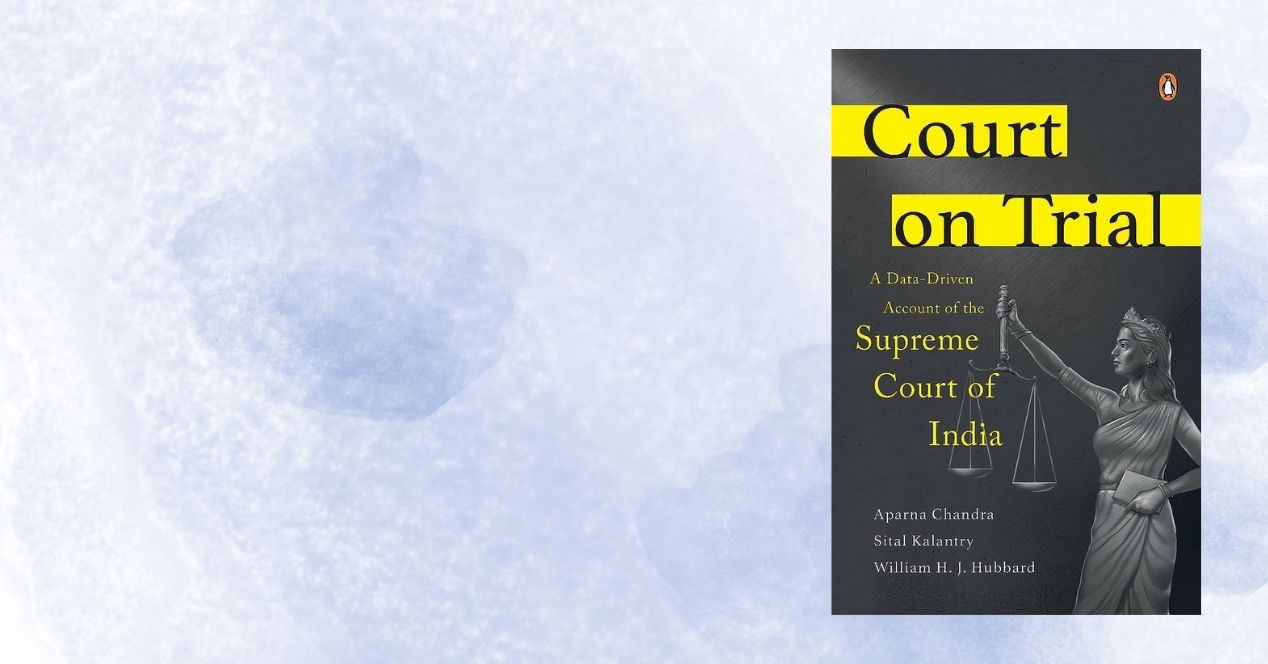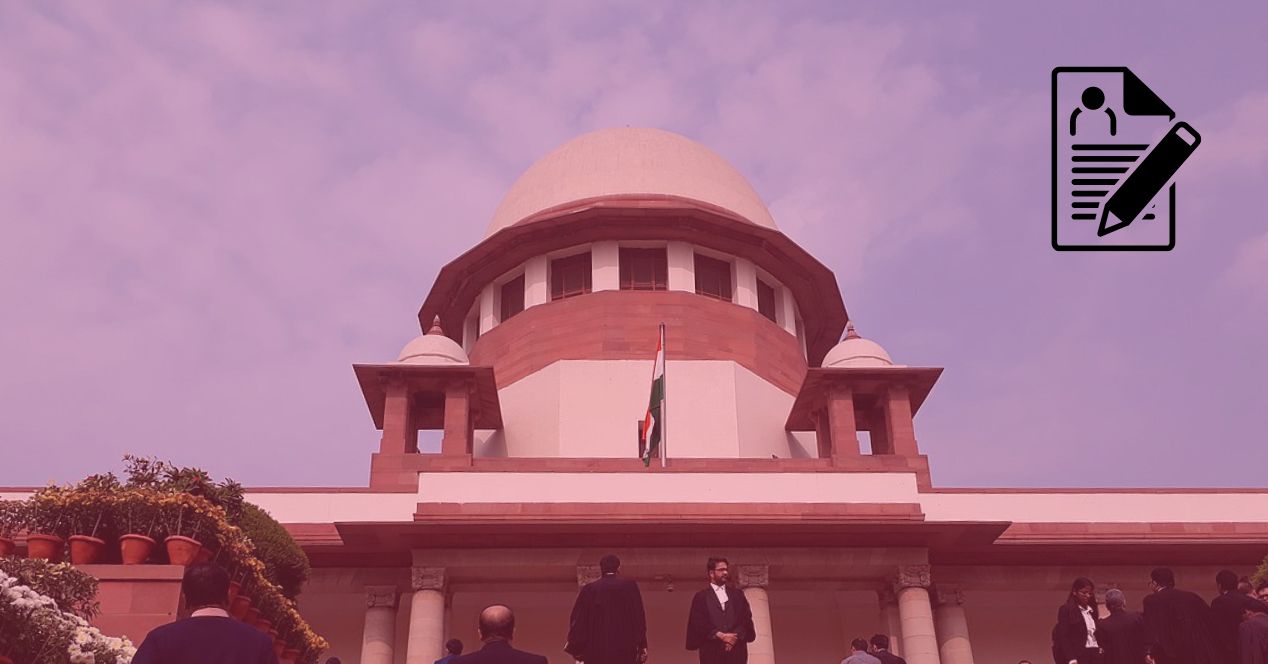Analysis
Does access to the Supreme Court mean access to justice?
A data-driven book on the apex court argues that it might be a more effective ‘people’s court’ by giving clearer directions to lower courts
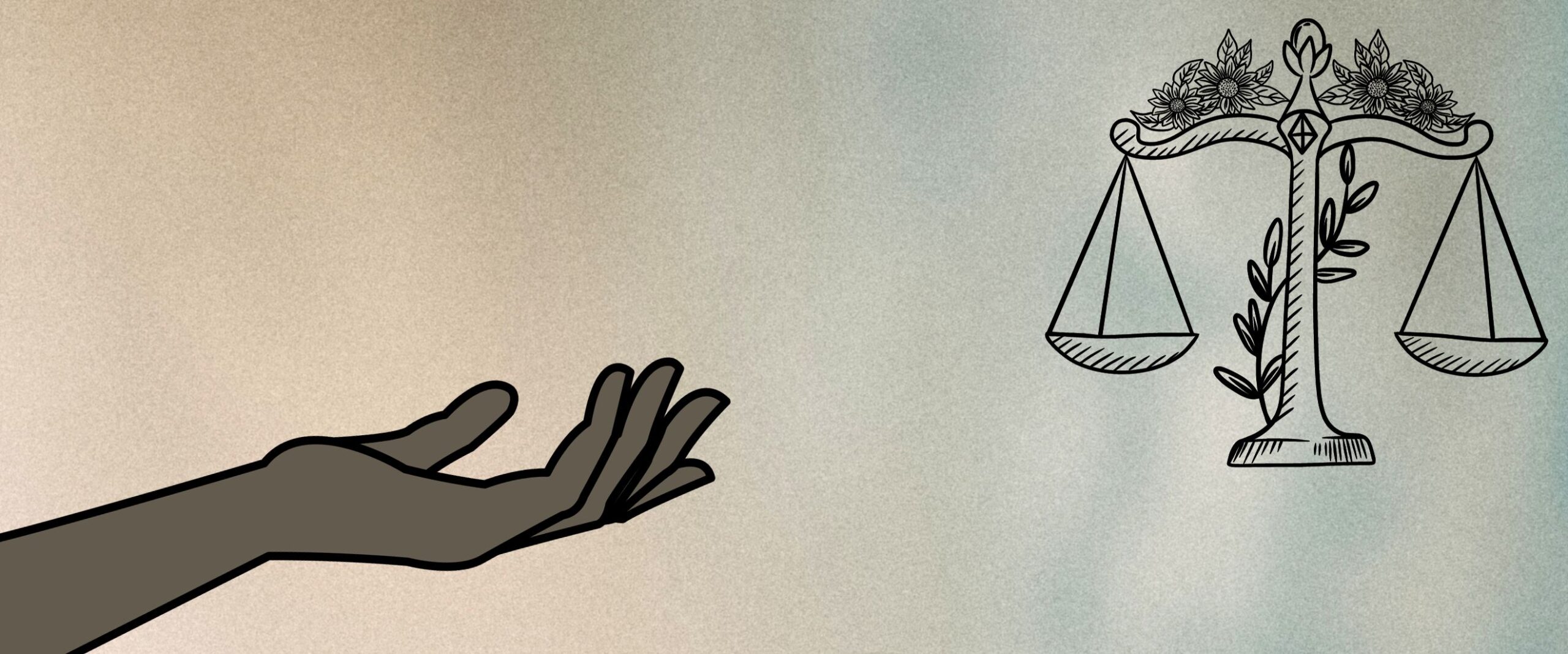
The Supreme Court has conflated ideas about access to itself with access to justice: that’s a key argument in the book Court on Trial: A Data-Driven Account of the Supreme Court of India. Over the years, the Court has increased its workload by admitting a large number of appeals, despite there being no substantive question of law at play. Authors Aparna Chandra, Sital Kalantry and William H.J. Hubbard argue that the Court’s enormous workload has been the result of an erroneous belief that lower courts are prone to making more mistakes.
The cases that consume the lion’s share of the Court’s time (approximately 92.4 percent of the docket) are appeals against orders of lower courts. In these appeals, the Court tends to admit more cases from individuals (as opposed to corporations and the government), suggesting that it is sympathetic to the so-called “weaker” parties in a case against the government.
Additionally, as a court of original jurisdiction, the Supreme Court is often lauded by judges as the “people’s court”—one that is accessible to all, especially the marginalised and oppressed. Since the emergence and rise of Public Interest Litigation in the 1970s, the Court has widened its scope of accessibility.
But Court on Trial deep-dives into the data to conclude that a more effective way for the Supreme Court to function as a ‘people’s court’ will be by laying down clear directions and promoting unambiguity while announcing the law. In a conversation with SCO, co-author Aparna Chandra discussed this theme about access in more detail. An excerpt from the talk, lightly edited and condensed for clarity, is reproduced below.
Dr. Aparna Chandra:
Just to place that discussion in context, those of us here who are lawyers will be familiar with this story but in the late 1970s, in the 1970s generally, the Supreme Court came under a lot of attack by governments of the day—by the Indira Gandhi government for being an elitist court, for caring more about the property rather than the common person. In fact, in Keshavananda Bharati, there’s a line that one of the judges used to say that, you know, we are criticised for being a forum for the legal quibblings of men with long purses. The idea that we (the Court) are this elite forum which is there to solve minute, irrelevant, problems that the elite have and are not really grounded in that sense.
So that’s one ground of attack. The second ground of attack comes of course, during the Emergency, but the Court completely abdicates its responsibility. And subsequently, there’s a lot of pushback against the Court’s role in legitimising the Emergency. And, subsequently, judges of the Supreme Court very intentionally try and reorient the working of the Court to address these kinds of claims and to, you know, like Upendra Baxi has said, reclaim the legitimacy of the court, right? To create a new basis of legitimacy for the Court.
Many of the judges have written outside of their judgments. In the extracurricular writings, they have expressly stated that that’s precisely what they were trying to do. How do they do that? They do this by saying that, no, we are the court for the common person. We are an accessible court. We know you have problems that you cannot bring to the Court, you know, anyone can bring that on your behalf. You can even write a letter to the Court. This is the birth of the PIL system, of course. Anyone can, you know, just write a letter to the court and we will take it on, and so on and so forth.
And we know this story. One other part of that story that isn’t as often discussed is that what the Court also starts doing is expanding access through the appellate channel. So if you see the data, it’s at the same time that the Supreme Court starts saying, you know, any cause in which we feel an injustice has occurred in the lower courts, we will take it up on appeal through the special leave to appeal.
And they started changing the jurisprudence on that. And in terms of numbers, there’s a huge spike in the number of cases that they’re taking on appeal. Now, the understanding here is that we should be the court for the disadvantaged; we should be the court for the people, which is all stuff that one can understand and empathise with.
But what has happened as a result is that the Court has conflated these two ideas: One is access to the Supreme Court and the second is access to justice. For most people today, the court of first instance is the court of last resort. We had the Chief Justice of India at our convocation [NLSIU Convocation 2023] a couple of months ago where he said precisely this, which is absolutely true— which is what all the data shows as well.
And we know this for a fact that most people don’t have the wherewithal to appeal their case beyond the first court, the court of first instance. But what happens is that when the court starts taking more and more cases for itself, it leads to a range of systemic problems, right?
The systemic problems that we discuss are, of course, delays, you know? That’s the big one. Delay prices out those people who cannot afford to be in the judicial system for a very long time, and who need their rights now. The second bit is that delay creates its own incentives, people who have good resources but have lost in the lower courts, have an incentive to also appeal to the higher court, only because if you can get a notice and get a stay. We find that if you get a notice and get a stay on average, even if your case is dismissed, your case will stay in the Supreme Court for two years before it is dismissed. And that’s on average. So you can imagine at the higher end, even if your case is ultimately dismissed, it’s not even admitted; it is dismissed at the admission stage itself. Just getting that notice and stay will allow you to push off your legal liability for a bit. So that is one way in which access is denied.
The second is that in order to deal with this volume of cases, the Supreme Court has had to change structurally. What started out as a very small court of eight judges who used to often sit en banc, which is all of them together, has now morphed into this 34-judge behemoth, with most of the judges sitting in benches of two, right? So it’s 16 or 17 benches on a given day and each bench is speaking for the entire court but they might be deciding in very different ways. So precedent has fractured and that has meant that there isn’t appropriate guidance that is available to lower courts on what is the right thing to do.
So you’re getting qualitatively worse decisions from lower courts. So I mean, there are a range of other reasons we’ve talked about, about how this has increased the influence of the Chief Justice, how it has increased the influence of senior advocates, so on and so forth.
But all of that ultimately means that this thinking that you are the people’s court by providing more and more access for people to the Supreme Court, that’s a disservice to the cause of access to justice, where ideally we should be able to go to the court closest to us, which is the district court, get a good quality judgement and let the matter lie there.
And that’s precisely what we are advocating. and we also get into the data a little bit to show what is the concern of the court? The concern of the court is that the lower courts are running amuck. The lower courts are not functioning properly. And so we need to police what the lower courts are doing.
And we get into the data to show that, actually, their own work seems to negate that idea. Even if you look at what it is, the number of times that the court admits an appeal that is coming before it and the number of times it reverses a lower court decision seems to indicate that there isn’t this kind of a systemic, widespread problem.
Therefore, we find that this idea that we will be a people’s court by giving more and more access to the Supreme Court itself is working at cross purposes with the larger aim of the court, which is to secure access to justice.

